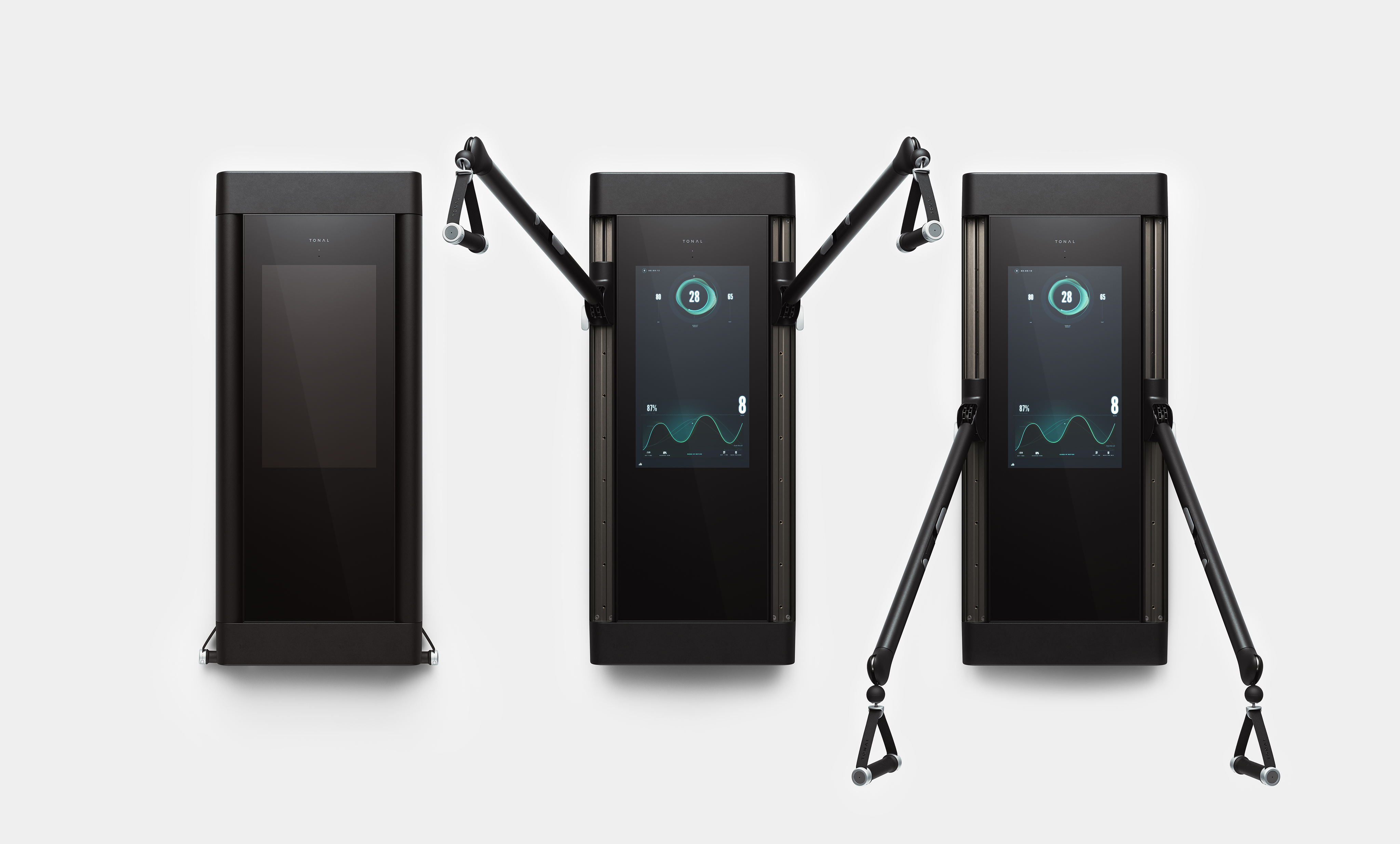

Everyone talks about innovation. Companies fund brainstorming sessions, set up innovation labs, and chase the next big thing. Yet without a strategy, many of these efforts never move beyond early excitement. They generate noise but not results. The paradox is clear: innovation is celebrated everywhere, but true innovation strategy—the kind that creates lasting competitive advantage—is far rarer.
An idea becomes powerful only when it aligns with business goals, serves real users, and can be scaled. That is where innovation strategy comes in: not as a slogan, but as a deliberate plan for turning ideas into impact.
At its simplest, an innovation strategy is a structured plan that aligns innovation efforts with business objectives. It guides organizations in deciding where to focus, how to allocate resources, and which ideas to pursue or leave behind.
Harvard Business Review describes it this way: “An innovation strategy guides decisions about how resources are to be used to meet a company’s innovation objectives.” (HBR)
Put differently, invention creates something new, but an innovation strategy determines whether that invention becomes meaningful in the market. It is the difference between chasing novelty and building competitive advantage.
Technology parity is the new normal. Smartphones, EVs, and smart appliances all compete at similar levels of performance. In this environment, what differentiates leaders from laggards is not the invention of features, but the strategy behind their innovation.
A strong innovation strategy ensures:
Research confirms the stakes. McKinsey’s Design Index found that companies excelling in design and innovation practices outperformed peers by 32% in revenue growth and 56% in shareholder returns over five years (McKinsey). Similarly, Deloitte reports that companies with structured innovation governance are significantly more likely to achieve above-average profitability (Deloitte).
The evidence is clear: business innovation strategy is not optional, it is a competitive necessity.
Different organizations apply different models, but several core elements consistently define effective innovation strategies.
Innovation only creates value when it serves the broader mission. Apple’s ecosystem illustrates this perfectly: every new device or service is designed to strengthen the whole system, not just stand alone. This alignment turns each innovation into a multiplier for the brand.
Not all innovation carries the same weight. Companies must balance incremental innovations that improve existing products, adjacent innovations that expand into new markets, and breakthrough innovations that redefine categories. Microsoft exemplifies this balance—continuously enhancing core platforms like Windows and Office while investing in transformative technologies like Azure, AI, and mixed reality.
Even the best strategy falters without a culture that supports it. Innovation thrives in environments where experimentation is encouraged, risk-taking is supported, and failures are viewed as opportunities for learning. Google’s “20% time” is often cited as a cultural mechanism that led to Gmail and AdSense, products that reshaped its business.
Innovation requires champions. Leaders set priorities, allocate resources, and sustain momentum. Patagonia offers a powerful model here: leadership decisions—from material R&D to circular business models—are governed by a clear mission to “save our home planet.” This clarity ensures innovation always advances both purpose and performance.
At Whipsaw, we’ve seen how strategy transforms creativity into competitive strength.
Tonal: The connected strength-training platform exemplifies a strategy that combines usability, industrial design, and advanced digital weights. The decision to reimagine strength training at home was not random—it was a strategic bet on the future of connected fitness.

Aescape: A fully automated massage system that blends robotics with human-centered design. The innovation strategy here was to redefine wellness through automation without losing empathy—a challenge that required balancing technical rigor with user trust.

These projects demonstrate that innovation frameworks and business models are most powerful when guided by strategy. It is a strategy that determines whether a great design becomes a competitive edge or a missed opportunity.
A lasting innovation strategy is neither static nor prescriptive. It evolves with markets, technologies, and cultures. But certain principles remain constant:
The future of innovation strategy will be shaped by new forces. Artificial intelligence is no longer just a tool but a collaborator, accelerating research, prototyping, and insights. Sustainability will move from a differentiator to a baseline expectation. And hybrid frameworks will merge structure with creativity, discipline with boldness.
At Whipsaw, we see innovation strategy as a living practice. It is not about chasing the latest idea, it is about aligning creativity with vision, so that every innovation builds toward a lasting advantage.